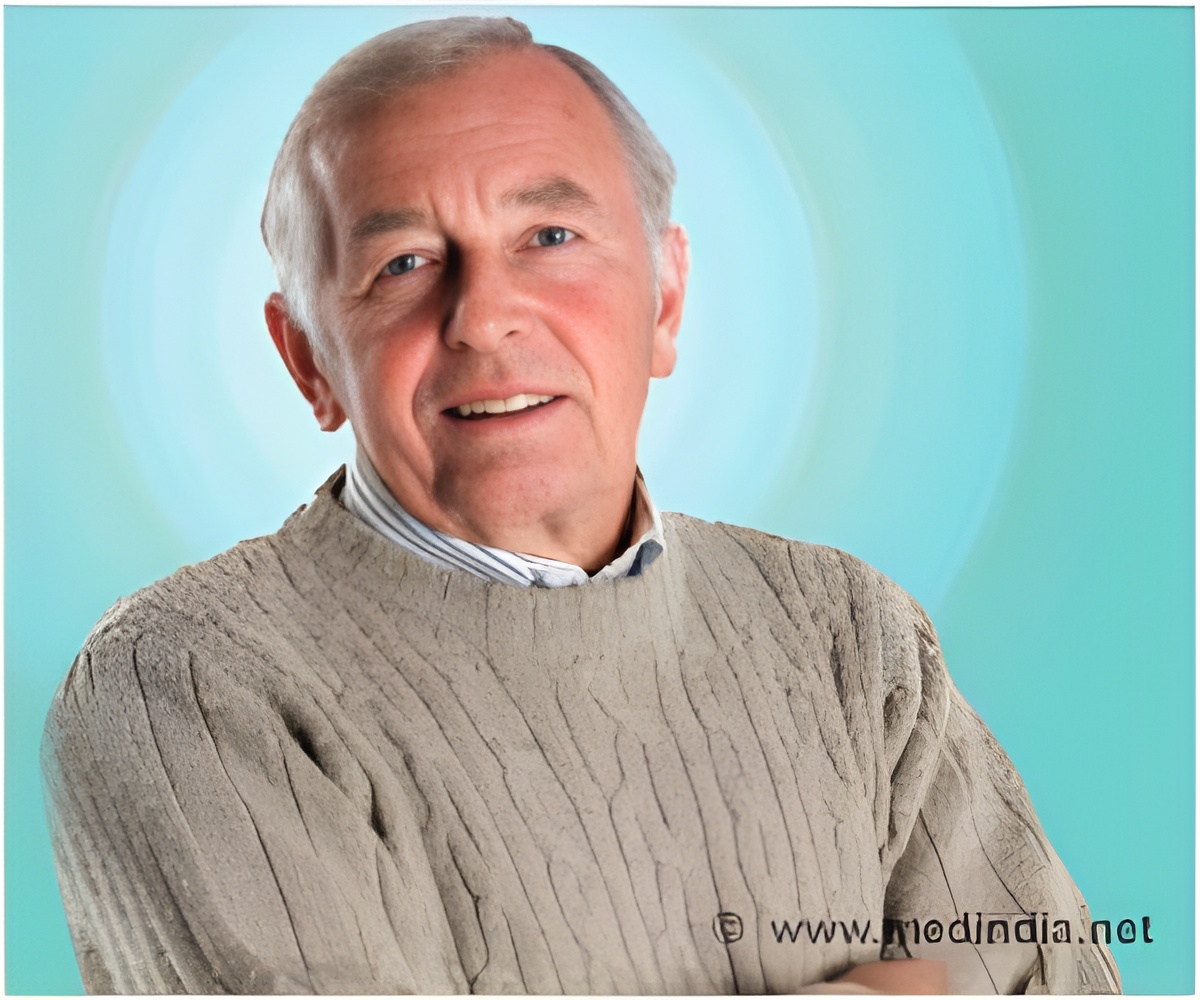
For evidence, DeGregori points first to the fact that by the time we stop growing in our late teens, we've already accumulated a large fraction of the mutations we will have in our lifetimes. "There's a mismatch between the mutation curve and the cancer curve," DeGregori says, meaning that if cancer were due to reaching a tipping point of, say, five or six mutations, we should see higher cancer rates in 20-year-olds, as this is when mutation rate is highest.
Second, DeGregori points out that even healthy tissues are full of oncogenic mutations. "These mutations are many times more common than the cancers associated with them," DeGregori says. Simply, more mutations doesn't equal more cancer – not across the aging population and not even in specific tissues.
DeGregori's final two points come from evolution. As we've evolved from one-celled, short-lived life forms into multicellular, long-lived humans, we've had to develop complicated machinery to maintain our tissues and avoid disease.
"But we're no better at preventing mutations than our yeast or bacteria cousins," DeGregori says. "You'd think if avoiding mutations was key to avoiding cancer, we'd be better at it than we are."
And finally, if these oncogenes were the evil super-villains they've been made out to be, capable of taking over surrounding tissue, then introducing oncogenes into mice stem cells should help rather than hurt these cells' survival. "Rather, stem cells harboring the oncogenes tend to get weeded out," says DeGregori.
Advertisement
"It's like what happened to the dinosaurs 65 million years ago," DeGregori says. "Dinosaurs were great and they weren't changing that fast – they were well adapted to their landscape. Until that darn meteor. Suddenly what was fit was no longer fit. The species didn't have to change their mutation rate – it was the new landscape that drove speciation. Similarly, what primarily drives cancer rates higher as we age is the changed landscape."
Advertisement
But, "when tissue is old, healthy cells are no longer a perfect fit, and mutations might help a cancer cell adapt in ways a healthy cell can't," DeGregori says.
Blot out the sun with a meteor's cloud of dust and mammals will eventually outcompete thunder lizards; age tissue past the expiration date evolution's set and cancer cells can outcompete their normal but aged peers.
Source-Eurekalert















